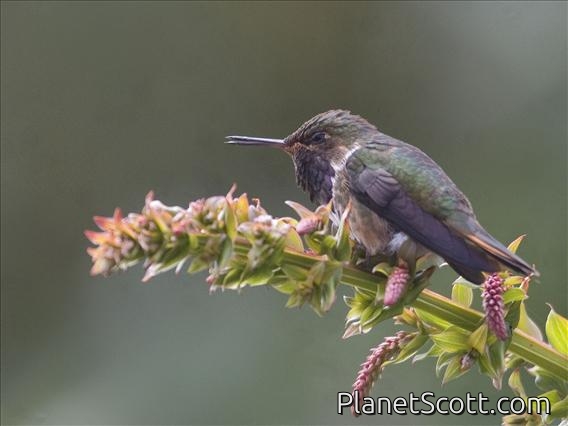Volcano Hummingbird (Selasphorus flammula)

Volcano Hummingbird (Selasphorus flammula) - Male
×


Volcano Hummingbird (Selasphorus flammula) - Male
About Volcano Hummingbird (Selasphorus flammula)
- Kingdom: Animals
- Phylum: Chordates
- Class: Birds
- Order: Hummingbirds and Swifts
- Family: Hummingbirds
The volcano hummingbird is a species of hummingbird in tribe Mellisugini of subfamily Trochilinae, the "bee hummingbirds". It is found in Costa Rica and Panama. This hummingbird is the one that appears on the 20 thousand colones bill from Costa Rica.
Source: Wikipedia
Lifelists
Trips
Visits
-
-
2009-03-01
Volcan Baru, Panama




